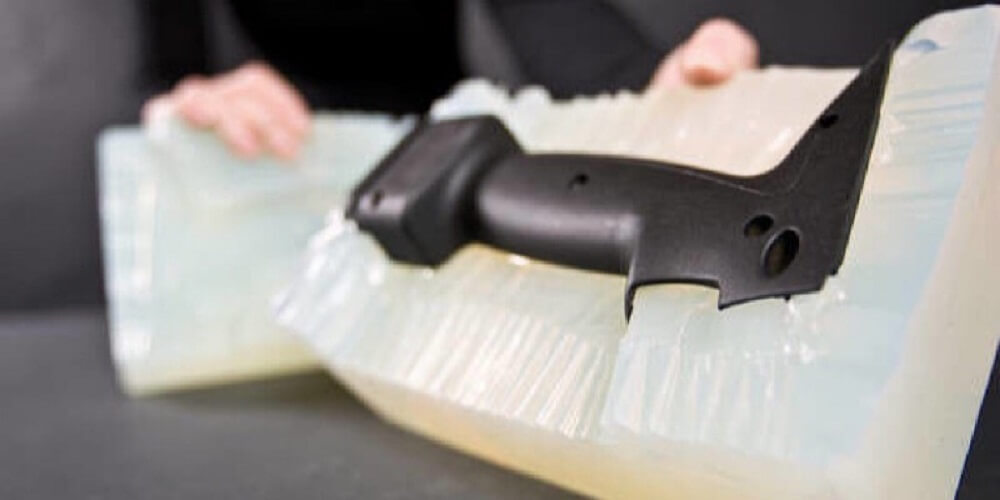The ability to print 3D prototypes is one that all design-related professionals have enjoyed to the full. The days that making modes used to take weeks and even months is so far back that they’ve virtually been forgotten. 3D Models now take anywhere from a few hours to as much as a few days at most. This is where the science of vacuum casting becomes most appealing. With them, prototype fabrication is taken to a whole new level.
Vacuum casting as a means of rapid prototyping has a lot of benefits. These benefits have all been added together to make it one of the most efficient means of 3D speed printing. Vacuum casting is more unique in its mode of action. It acts in a way that distinguishes it from other means of rapid prototyping. So how then does it work?
Understanding Vacuum Casting?
Vacuum casting as a means of rapid prototyping makes use of a vacuum as is indicated in its name. It involves the use of a mold in its printing or manufacturing process. The liquid used is usually the melted form of whatever material the manufacturer would like to use. The liquid is slowly allowed to fill the mold.
However, it is not free-flowing. Instead, the presence of the vacuum role to get the particular liquid material needed for the mold. It is similar to capillary action in test tubes, but much more intricate. The drawing of the casting material into the mold in vacuum casting is different from injection molding. In injection molding, the casting material is sort of pushed into the mold with the raid of a screw.
The casting material known also as the casting resin can be poured into the master model at this point. The vacuum then serves to remove all air bubbles and space to ensure a smooth finish. After this process, curing is carried out in an oven. Then the resin part is allowed to cool before being further handles. However, the master model could be used as much as twenty times. So that is a plus.
Benefits of Vacuum Casting
The major benefit of the vacuum casting technology is that it is perfect for materials with intricate details and designs. This means that for little but essential components of larger constructs or projects, vacuum casting would be ideal.
Another awesome benefit is the color integration. The pigmentation or desired collie is added to the resin before it is cast. It is thoroughly mixed so that the finished product is homogenous in appearance. This in a way slows or prevents any form of fading or scratching.
There is however also a kind of downside to the vacuum casting technology. This is that the cast or mold needs to first be manufactured. This manufactured mold is referred to as the master model. The master model is made more durable or is cured with the aid of liquid silicone.
Summary
In addition to its excellent finish, the vacuum casting is relatively cheaper than the typical injection molding. So if one has a design that is too intricate for “cutting” or “additive” approaches, then vacuum casting is a definite solution.
